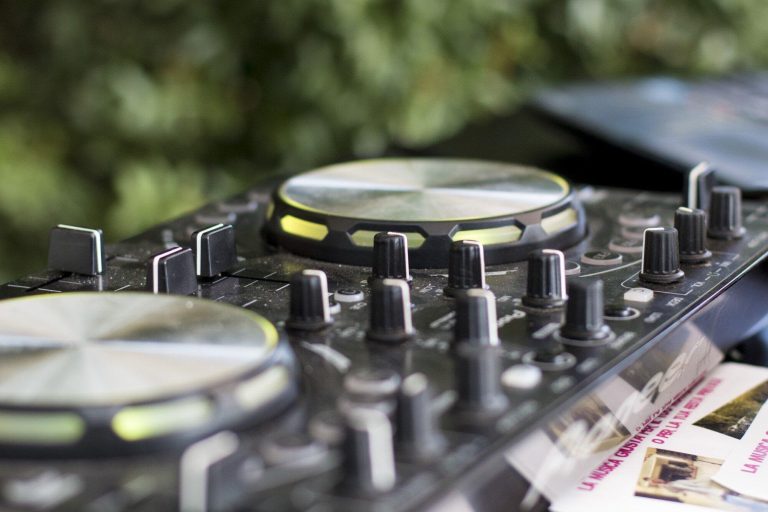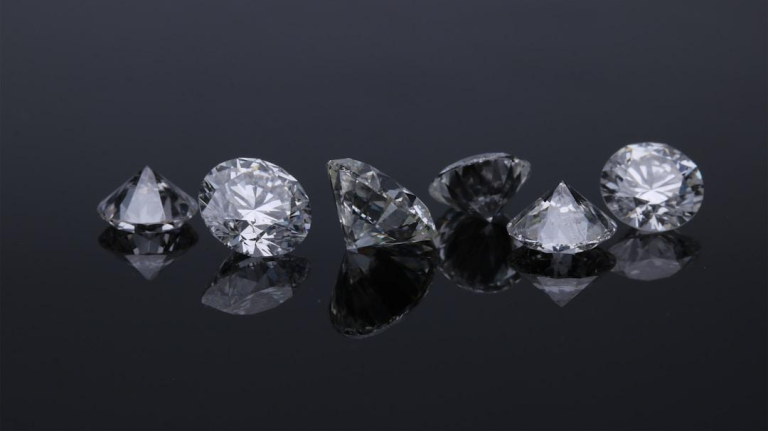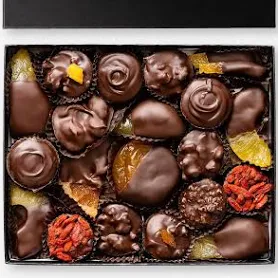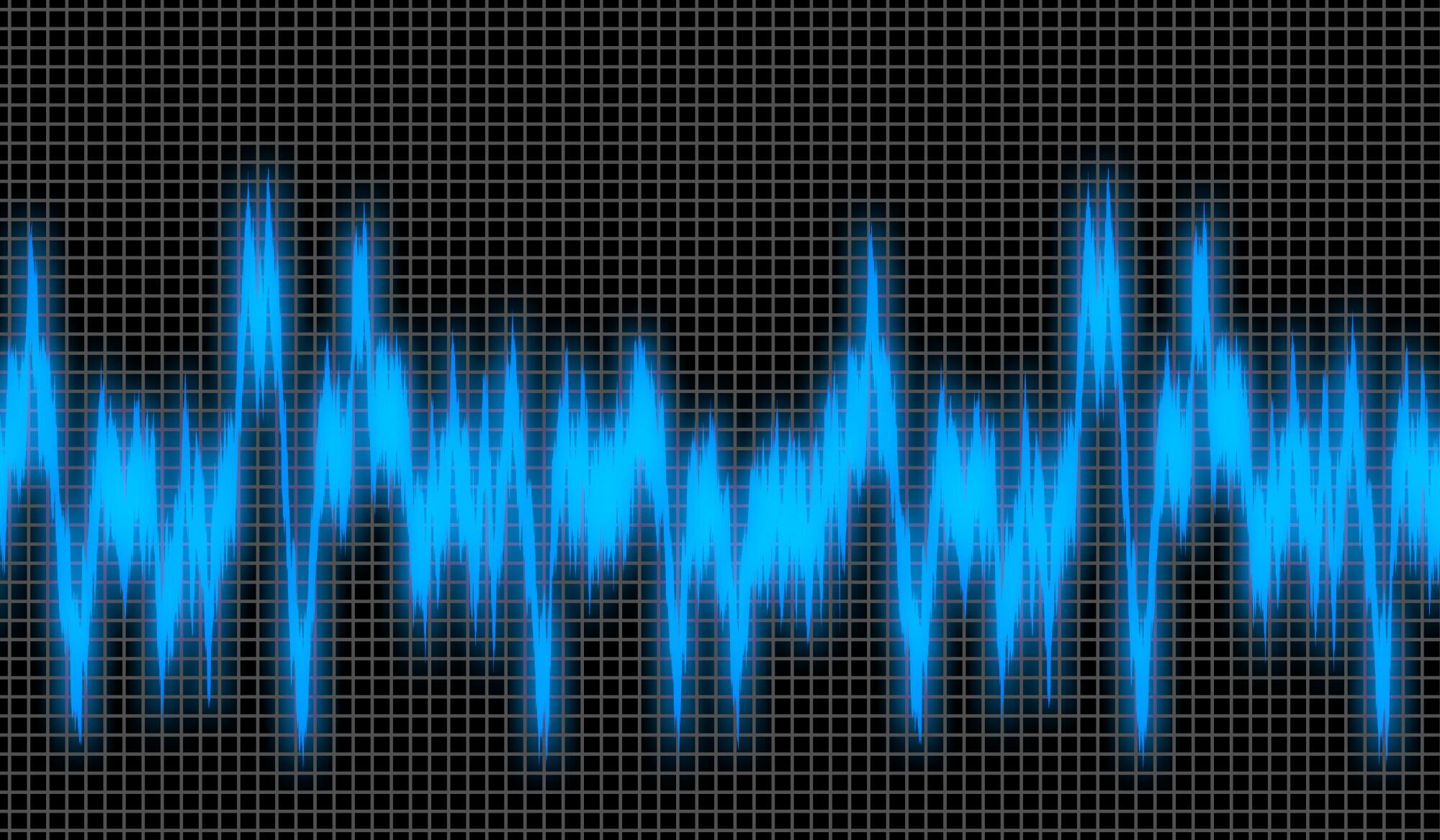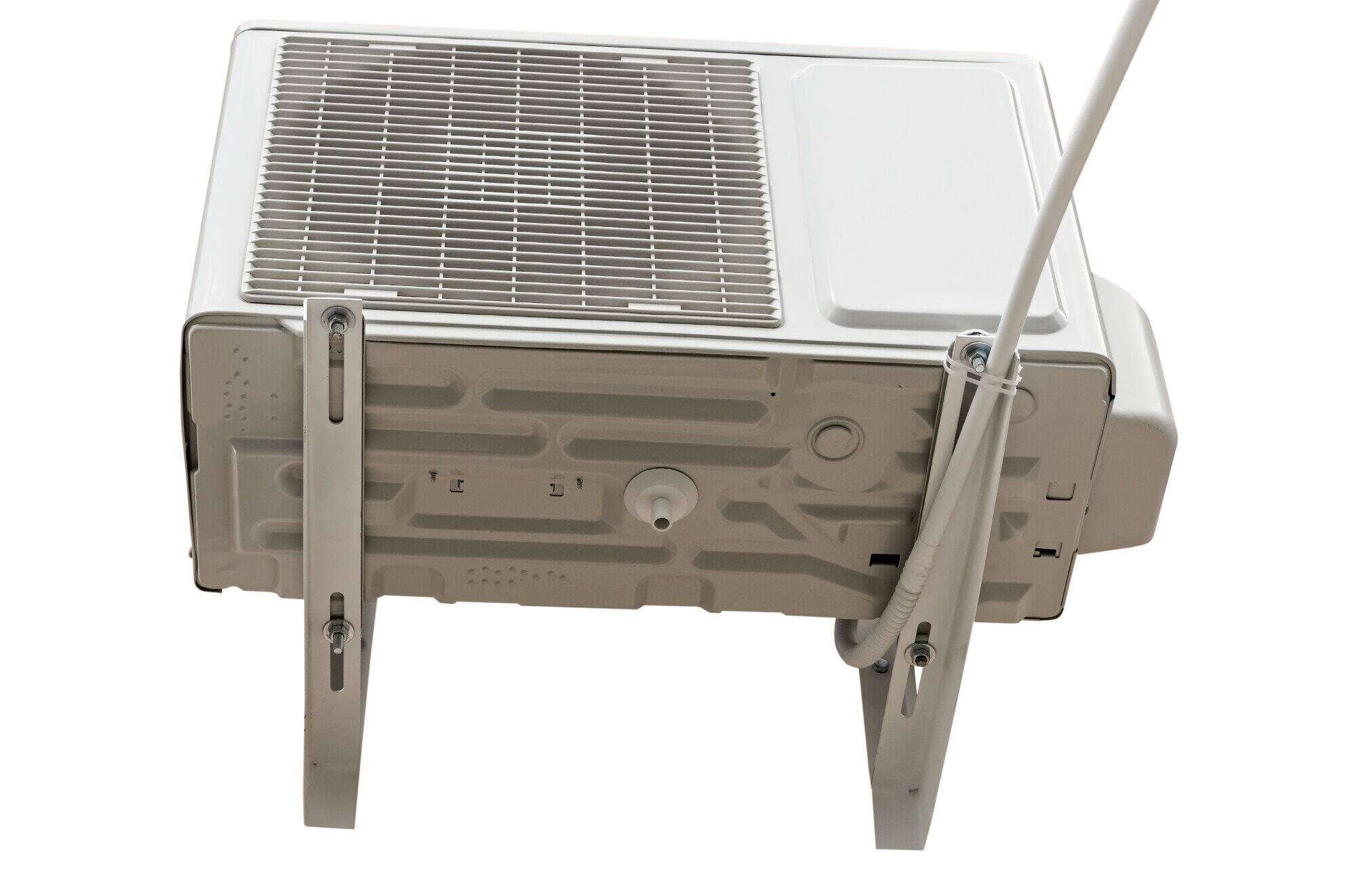Have you ever wondered why tubas don’t all look or sound the same?
This powerful brass instrument comes in different shapes, sizes, and styles. Each type has its own unique tone and role in music, from deep, rumbling bass lines to warm, rich harmonies.
Whether you’re a music student, a band member, or simply curious about instrument types, learning the differences can help you appreciate the tuba even more.
Let’s explore the different types of tubas and discover which one might be your favorite!
Table of Contents
BBb Tuba
The BBb tuba is one of the most common types. It is pitched in B-flat and is widely used in school bands and marching bands. This type is often chosen for beginners because of its easy availability and familiar fingerings.
The BBb tuba produces a strong, warm sound and is perfect for supporting other instruments in an ensemble. It is also known for its deep tone that carries well in large spaces.
Because of its size, the BBb tuba can be challenging for younger players to hold, but many schools provide smaller versions for beginners. Professional players also use it for certain orchestral works that require a deep and broad sound. In community bands, the BBb tuba is almost always present because of its reliability and strong bass presence.
CC Tuba
The CC tuba is pitched in C and is favored by many professional orchestra players. It is slightly shorter than the BBb tuba, which makes it easier to handle for some musicians. The CC tuba has a clear and centered tone, making it ideal for complex orchestral music. Many advanced players prefer this type because it blends well with other brass instruments while maintaining a precise sound.
The CC tuba is popular in the United States for orchestral work, while some European orchestras still use the BBb tuba more often. The fingering system for CC tubas is slightly different, so beginners usually start on a BBb before moving to a CC. This tuba’s balance of clarity and depth makes it well-suited for pieces that demand both strong low notes and agile melodic passages.
Eb Tuba
The Eb tuba is pitched in E-flat and is known for its brighter and lighter tone compared to larger models. It is smaller in size, which makes it easier to carry and play for extended periods. This type is popular in brass bands and smaller ensembles. The Eb tuba works well for solos and high melodic passages while still providing solid low-end support.
In British-style brass bands, the Eb tuba is often used alongside a BBb tuba to provide a complete bass sound. It is also a favorite for tuba players who need more mobility, such as in small jazz groups or traveling ensembles. Its lighter build allows musicians to perform standing or moving without too much strain.
F Tuba
The F tuba is the smallest of the main orchestral tubas. It has a higher pitch and is often used for solo work and chamber music. Its clear, lyrical tone allows it to stand out in melodic lines. Many composers write special tuba parts for the F tuba because of its agility and expressive capabilities. It is also used in professional orchestras for specific pieces that require a brighter tuba sound.
F tubas are popular in Europe for solo competitions and recitals. Their smaller size makes them easier to transport, but they require strong control to produce a full sound in the low register. Players often switch between an F tuba and a larger model depending on the needs of a performance.
Marching Tuba (Contrabass Bugle)
The marching tuba, sometimes called a contrabass bugle, is designed for outdoor performance. It is built to be carried on the shoulder, allowing players to project their sound forward while marching. This type is common in drum and bugle corps and marching bands. The marching tuba is sturdy, with a bell that faces the audience, ensuring maximum sound projection.
Because of the physical demands of marching, this tuba is built from materials that can withstand movement and changing weather conditions. Players often need strong endurance to hold and play it while marching long distances during parades or performances.
Sousaphone
The sousaphone is a special type of tuba designed for marching and parade use. It wraps around the player’s body, with a large bell facing forward. This design allows the sound to travel directly toward the audience. The sousaphone is lighter to carry than a traditional marching tuba and is often made from fiberglass for easier handling. It has a powerful, resonant tone that works well outdoors.
Sousaphones are very popular in college marching bands in the United States. They are also used in New Orleans-style jazz bands for their strong bass and ability to project over a crowd. Many musicians enjoy the sousaphone because it allows them to move freely while still producing a rich low end.
Wagner Tuba
The Wagner tuba is a unique instrument developed by composer Richard Wagner. It is a blend between a horn and a tuba, with a mellow and haunting tone. It is used mainly in orchestral works, especially those by Wagner and other Romantic-era composers. The Wagner tuba has rotary valves and is played with a horn mouthpiece, giving it a distinctive sound that is different from other tuba types.
Wagner designed this instrument for his “Ring” cycle operas, and it has since been used by composers like Bruckner and Strauss. While it shares the tuba name, its sound and playing technique are closer to that of a French horn.
Learn More About Tuba Instrument Types
The tuba family is rich with variety. From the powerful BBb to the agile F tuba, each type serves a special role in music. Some are built for orchestras, others for marching bands, and a few for specific historical or cultural settings.
Understanding the differences helps musicians choose the right instrument types for their needs. While they may vary in size, shape, and pitch, all share the same deep and resonant foundation that makes them essential to many musical traditions.
Looking for more tips and ideas? We’ve got you covered. Check out some of our other posts now.



















